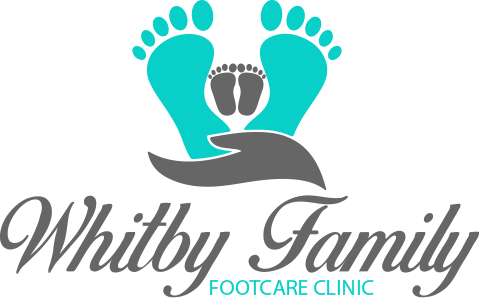Running related injuries can be caused a number of lower extremity structural problems. A study in the British Journal of Sports Medicine in 2002 published the results of a survey of 2002 patients with running injuries treated between 1998 to 2000 at the Allan McGavin Sports Medicine Centre in Vancouver. The sports medicine doctors involved in the study recorded the nature and history of the injury along with a physical examination which included a biomechanical assessment. The following structural problems were evaluated in the biomechanical examination: leg length difference, knee alignment (knock knees or bow legs), Q angle, knee cap position and foot arch height.
The survey results outline the total number of the top 7 running injuries in the first 3 columns of Table 1. Some injuries such as patella femoral syndrome seem to occur more in women than men. Dr Jack Taunton the lead author of the study stated “The most common overuse running injury 20 years ago was patellofemoral pain; this is still the case today. Iliotibial band friction syndrome is now the second most common injury. Overuse injuries result from a complex of training errors (including lack of specific strength and flexibility), inappropriate surface and terrain, biomechanical lower extremity malalignment, and inappropriate footwear.”
The structural problems that were identified with each type of running injury are outlined in the last 7 columns of Table 1. The 7 lower extremity structural problems that are associated with each type running injury have been recorded by total number and by percentage. The number of patients with running injuries who have either flat feet (pes planus) or high arched feet (pes cavus) have been identified in bold by absolute numbers and by percentage in Table 1.
| Injury | Total number | MEN | WOMEN | Bow leg | Knock Knee | Pes planus | Pes cavus | Patellar squinting | High Q angle | Large leg length difference |
|---|---|---|---|---|---|---|---|---|---|---|
|
Number / % |
Number / % |
Number (%) |
Number (%) |
Number (%) |
Number (%) |
Number (%) |
Number (%) |
Number (%) |
||
|
PFPS |
331 | 124/38 | 207/62 | 106(32) | 95 (29) | 58 (18) | 17 (5) | 62 (19) | 21 (6) |
13 (4)
|
|
Ilio tibial band friction syndrome ITBFS |
168 | 63/38 | 105/62 | 54 (33) | 25 (15) | 25 (15) | 12 (7) | 13 (8) | 3 (2) |
17 (10)
|
| Plantar fasciitis | 158 | 85/54 | 73/46 | 28 (18) | 25 (16) | 19 (12) | 11 (7) | 6 (4) | 1 (0.6) |
12 (8)
|
| Meniscal injuries | 100 | 69/69 | 31/31 | 28 (29) | 19 (20) | 8 (8) | 6 (6) | 2 (2) | 0 (0) |
2 (2)
|
| Tibial stress syndrome | 99 | 43/43 | 56/57 | 27 (29) | 16 (17) | 17 (18) | 1 (1) | 4 (4) | 1 (1) |
1 (1)
|
| Achilles tendinopathy | 96 | 56/58 | 40/42 | 28 (28) | 11 (11) | 17 (13) | 6 (6) | 2 (2) | 0 (0) |
5 (5)
|
| Patellar tendinopathy | 96 | 55/57 | 41/43 | 19 (22) | 23 (27) | 21 (25) | 3 (4) | 4 (5) | 5 (6) |
5 (6)
|
